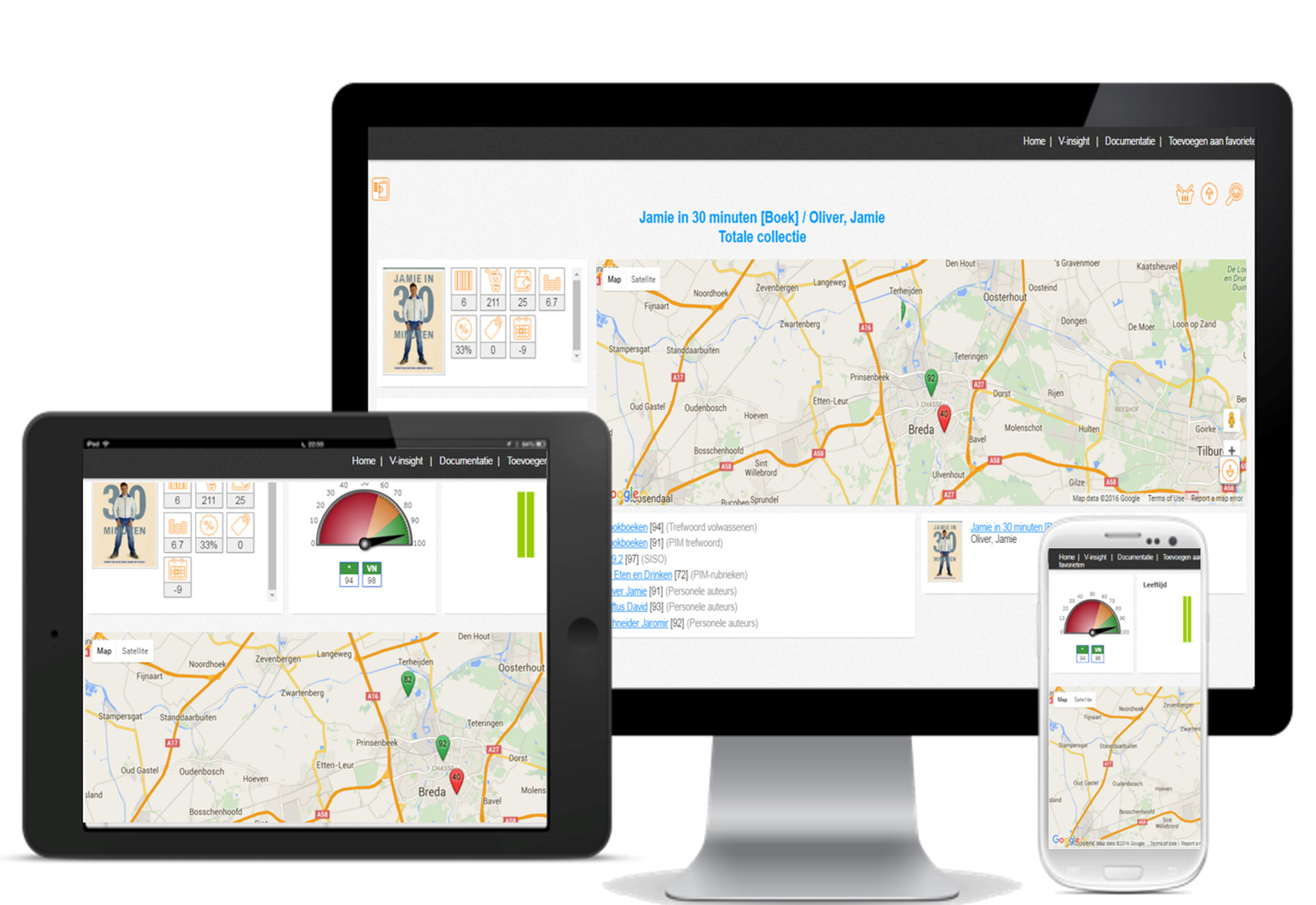V-eyeQ
Better collection management for libraries
Using intuition, personal preferences, or limited collection overview will no longer drive library investment. By adding metrics to selection processes, tracking performance, improving purchase, and weeding on a daily basis at both the local and global levels, V-eyeQ makes an essential contribution to collection management with objective and insightful collection data, budget control, and customers’ satisfaction data.











